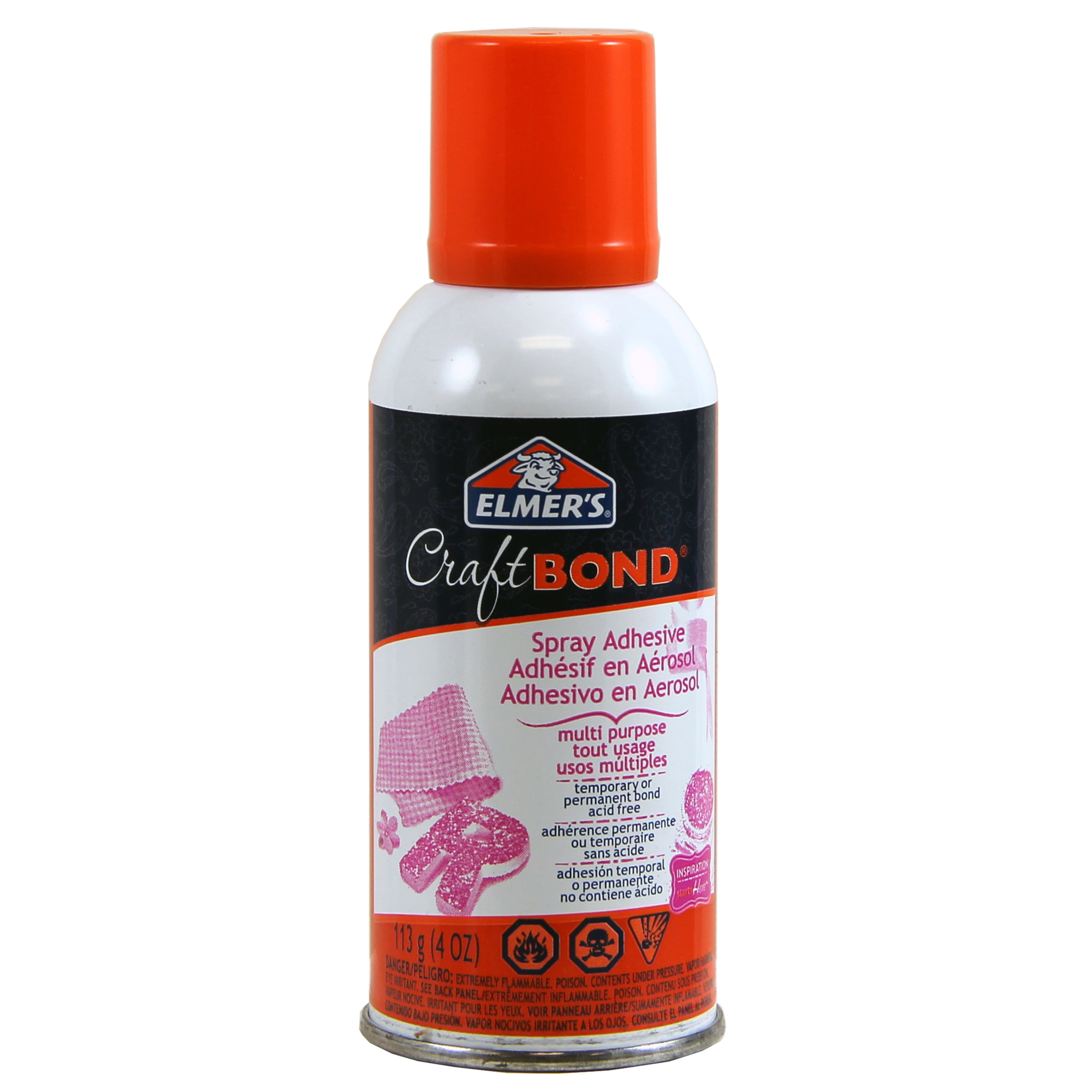Elmer’s glue is a popular adhesive that is commonly used for various crafts and school projects. It is known for its strong bonding properties and versatility. However, when it comes to its flammability, there are some important factors to consider.
Understanding the Composition of Elmer’s Glue
Elmer’s glue is primarily made up of water, polyvinyl acetate (PVA), and other additives. PVA is a synthetic polymer that is responsible for the glue’s adhesive properties. Since water is the main ingredient, it is important to evaluate the flammability of Elmer’s glue.
The Flammability of Elmer’s Glue
Elmer’s glue is considered non-flammable when it is in its liquid state. The water content in the glue prevents it from catching fire easily. However, it is important to note that Elmer’s glue can become flammable once it dries completely.
Flammability And Drying Time
When Elmer’s glue is exposed to air, the water content begins to evaporate, causing the glue to harden and dry. During this process, the glue becomes more susceptible to catching fire. The drying time depends on various factors, such as the thickness of the glue layer and the surrounding temperature.
It is crucial to allow Elmer’s glue to dry completely before subjecting it to any potential source of ignition. This reduces the risk of fire and ensures safe handling of the adhesive.
Flammability Precautions
While Elmer’s glue is generally safe to use, it is essential to take certain precautions to prevent any possible fire hazards. Here are some tips to follow:
- Always use Elmer’s glue in a well-ventilated area to prevent the accumulation of flammable vapors.
- Avoid using Elmer’s glue near open flames, such as candles or stoves.
- Keep the glue away from any heat sources, such as radiators or direct sunlight.
- Store Elmer’s glue in a cool and dry place, away from flammable materials.
- Dispose of any excess or unused glue properly, following the manufacturer’s guidelines.

Credit: www.walmart.com
Uses and Safety of Elmer’s Glue
Elmer’s glue is widely used for various purposes, including arts and crafts, woodworking, and even as an adhesive for paper and fabric. It is generally safe for children to use, provided they are supervised and follow the necessary safety guidelines.
Non-toxic And Washable
Elmer’s glue is non-toxic, making it safe for children to handle. However, it is still important to avoid ingestion, as it can cause digestive discomfort. In case of accidental ingestion, it is recommended to seek medical advice.
Additionally, Elmer’s glue is washable, allowing easy removal from skin and clothing with water and mild soap. This makes it a suitable choice for children’s activities and art projects.
Parental Supervision
When children are using Elmer’s glue, it is crucial for parents or guardians to provide proper supervision. This includes teaching children about the potential hazards of flammable materials and guiding them in safe and responsible glue usage.

Credit: simplifythechaos.com
In Conclusion
Elmer’s glue is generally non-flammable when in its liquid state. However, caution must be exercised once it dries, as it can become flammable. It is important to follow the necessary safety precautions and guidelines to ensure the proper handling and use of Elmer’s glue.
By using Elmer’s glue responsibly and understanding its flammability characteristics, you can safely enjoy its adhesive properties for various projects and crafts.
Frequently Asked Questions For Is Elmer’s Glue Flammable? Unveiling The Truth About Its Fire Hazard
Is Elmer’s Glue Flammable?
Elmer’s Glue is non-flammable, making it safe for various arts, crafts, and everyday use.
Can Elmer’s Glue Catch Fire?
No, Elmer’s Glue does not ignite or sustain a flame, making it a safe adhesive option.
Is It Safe To Use Elmer’s Glue Near Heat Sources?
Using Elmer’s Glue near heat sources is safe as it does not emit flammable vapors or catch fire.
What Precautions Should I Take When Using Elmer’s Glue?
While non-flammable, it is recommended to avoid excessive exposure or prolonged contact with open flames or direct heat.

